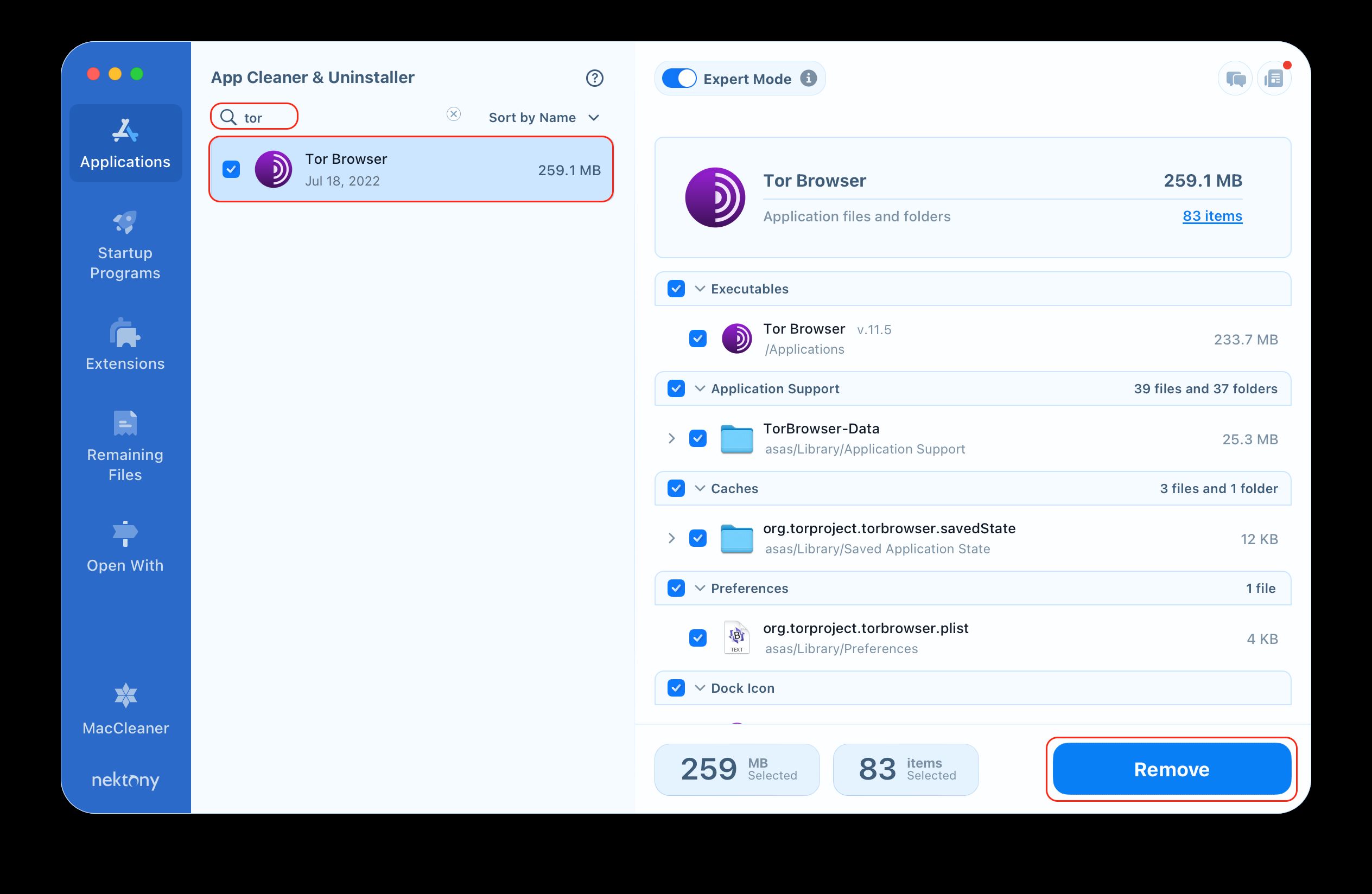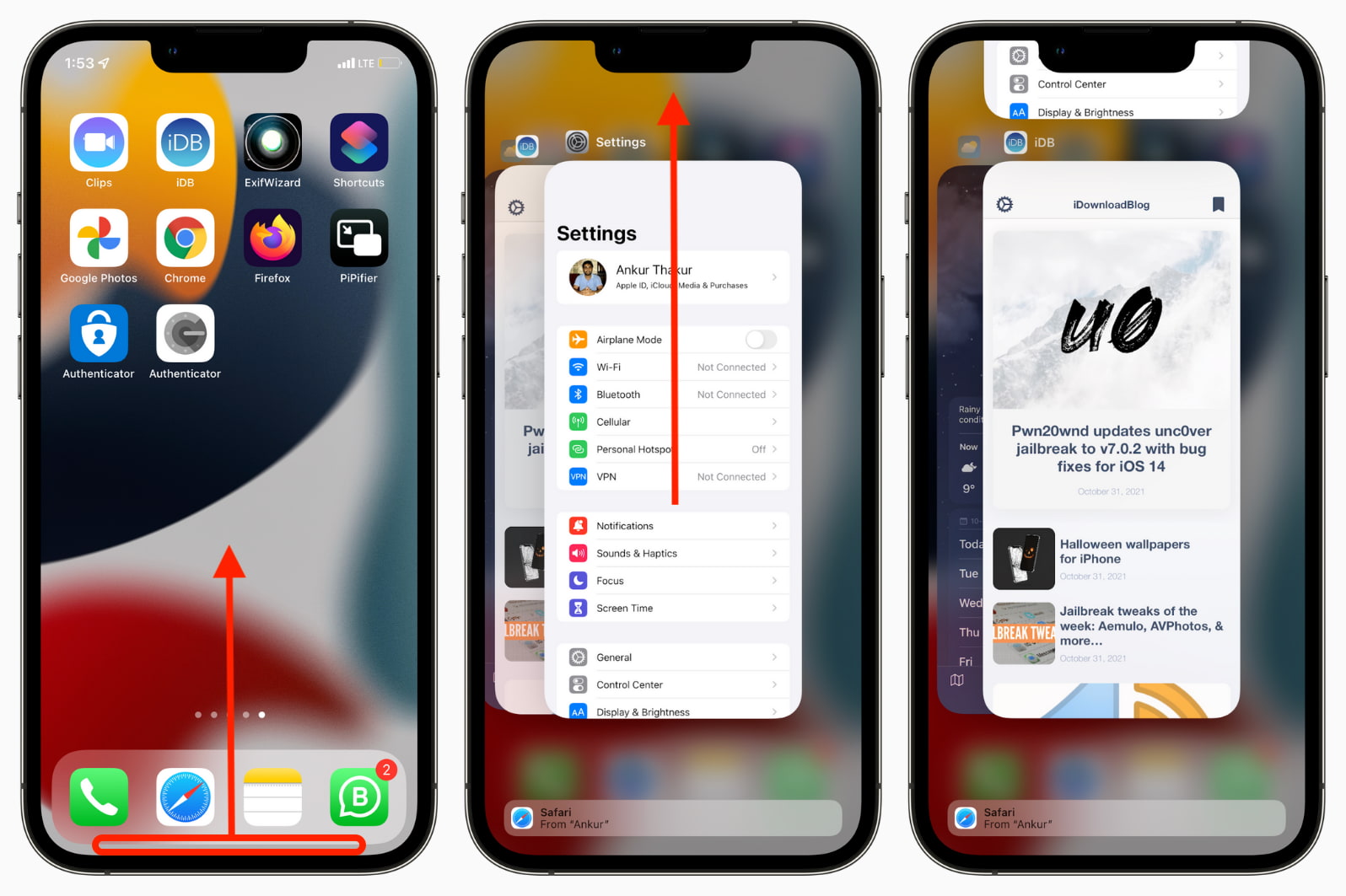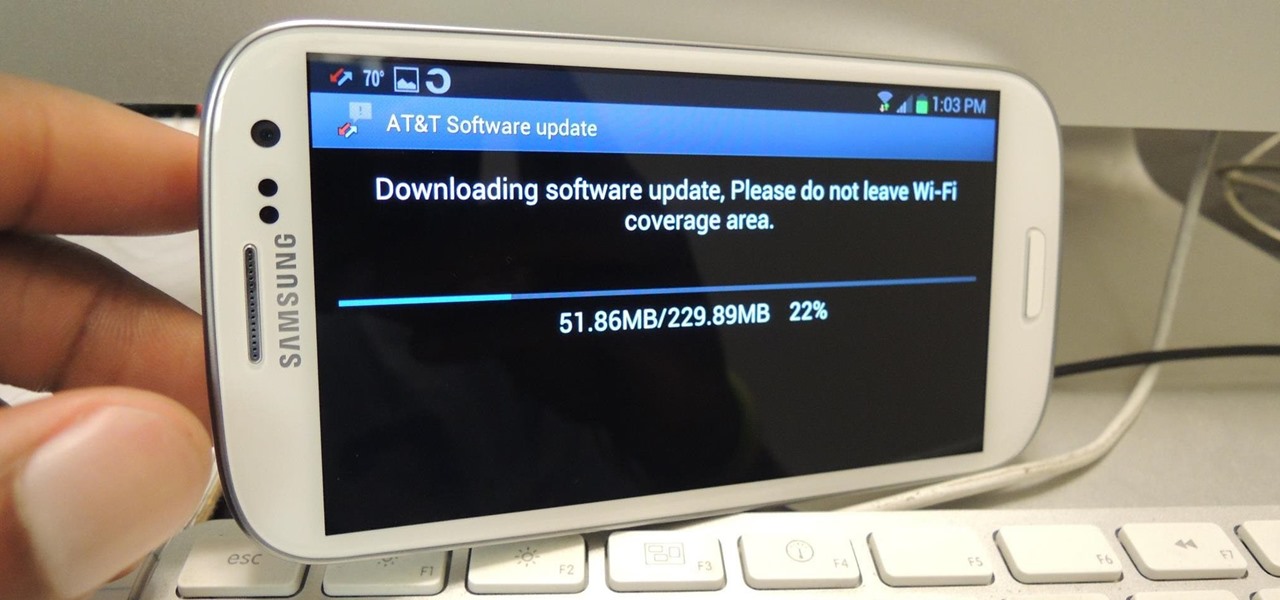Introduction
Restarting a web browser is a simple yet effective troubleshooting step that can resolve a myriad of issues, from slow performance to unresponsive tabs. Whether you're using Google Chrome, Mozilla Firefox, Safari, or any other popular browser, knowing how to restart it can save you time and frustration. In this article, we'll explore the step-by-step process of restarting a web browser on Windows, Mac, and Linux operating systems.
A web browser is a gateway to the digital world, allowing us to access a wealth of information, connect with others, and accomplish tasks with ease. However, like any software, browsers can encounter glitches and performance hiccups. When tabs freeze, pages refuse to load, or the browser becomes sluggish, restarting it can often work wonders.
Understanding how to restart your browser is an essential skill that can empower you to swiftly address technical issues and maintain a smooth browsing experience. Whether you're a seasoned tech enthusiast or a casual internet user, having this knowledge at your fingertips can be invaluable.
Now, let's delve into the specific steps for restarting popular web browsers on different operating systems, so you can navigate the digital realm with confidence and ease.
Restarting the Browser on Windows
Restarting a web browser on a Windows operating system is a straightforward process that can help resolve various issues such as slow performance, unresponsive tabs, or unexpected errors. Whether you're using Google Chrome, Mozilla Firefox, Microsoft Edge, or any other popular browser, the steps to restart it on Windows are quite similar.
Here's a step-by-step guide to restarting your web browser on a Windows PC:
-
Close the Browser: The first step to restarting your browser is to ensure that all its windows and tabs are closed. You can do this by clicking the 'X' button in the top-right corner of the browser window or by using the keyboard shortcut Alt + F4.
-
End the Process: In some cases, the browser may still be running in the background even after you've closed all visible windows. To completely restart the browser, you can use the Task Manager to end the browser process. Simply right-click on the taskbar, select 'Task Manager', locate the browser process (e.g., chrome.exe for Google Chrome), and click 'End task'.
-
Relaunch the Browser: Once you've ensured that the browser process is completely terminated, you can relaunch the browser by clicking its icon on the desktop or searching for it in the Start menu.
-
Clear Cache and Cookies (Optional): If you're still experiencing issues after restarting the browser, you may consider clearing its cache and cookies. This can be done by accessing the browser's settings or preferences and navigating to the privacy or browsing data section.
-
Update the Browser (Optional): Keeping your browser up to date is crucial for optimal performance and security. If restarting the browser doesn't resolve the issues, you can check for updates by accessing the browser's settings and looking for the update or about section.
By following these steps, you can effectively restart your web browser on a Windows PC, ensuring a smoother and more reliable browsing experience. Whether you encounter a frozen tab, slow loading times, or other browser-related issues, knowing how to restart the browser can be a valuable skill in your digital toolkit.
Restarting the Browser on Mac
Restarting a web browser on a Mac is a fundamental troubleshooting step that can help resolve various issues, such as unresponsive tabs, slow performance, or unexpected errors. Whether you're using Safari, Google Chrome, Mozilla Firefox, or any other popular browser on your Mac, the process of restarting it is relatively straightforward.
Here's a step-by-step guide to restarting your web browser on a Mac:
-
Close the Browser: The first step in restarting your browser is to ensure that all its windows and tabs are closed. You can do this by clicking the red "X" button in the top-left corner of the browser window or by using the keyboard shortcut Command + Q.
-
Force Quit the Browser (if necessary): In some instances, the browser may still be running in the background even after you've closed all visible windows. To completely restart the browser, you can force quit it by pressing Command + Option + Escape to open the Force Quit Applications window, selecting the browser, and clicking "Force Quit."
-
Relaunch the Browser: Once you've ensured that the browser process is completely terminated, you can relaunch the browser by clicking its icon in the Dock or searching for it using Spotlight.
-
Clear Cache and Cookies (Optional): If you continue to experience issues after restarting the browser, you may consider clearing its cache and cookies. This can be done by accessing the browser's preferences, navigating to the privacy or browsing data section, and selecting the option to clear cache and cookies.
-
Update the Browser (Optional): Keeping your browser up to date is essential for optimal performance and security. If restarting the browser doesn't resolve the issues, you can check for updates by accessing the browser's settings and looking for the update or about section.
By following these steps, you can effectively restart your web browser on a Mac, ensuring a smoother and more reliable browsing experience. Whether you encounter a frozen tab, slow loading times, or other browser-related issues, knowing how to restart the browser can be a valuable skill in your digital toolkit.
Whether you're a seasoned Mac user or new to the platform, having this knowledge at your fingertips can empower you to swiftly address technical issues and maintain a seamless browsing experience on your Mac.
Restarting the Browser on Linux
Restarting a web browser on a Linux system is a fundamental troubleshooting step that can help resolve various issues, such as unresponsive tabs, slow performance, or unexpected errors. Whether you're using Mozilla Firefox, Google Chrome, Opera, or any other popular browser on your Linux machine, the process of restarting it is relatively straightforward.
Here's a step-by-step guide to restarting your web browser on a Linux system:
-
Close the Browser: The first step in restarting your browser is to ensure that all its windows and tabs are closed. You can do this by clicking the 'X' button in the top-right corner of the browser window or by using the keyboard shortcut Ctrl + Q.
-
End the Process (if necessary): In some cases, the browser may still be running in the background even after you've closed all visible windows. To completely restart the browser, you can use the System Monitor or Task Manager to end the browser process. Simply open the System Monitor, locate the browser process (e.g., firefox or chrome), and click 'End Process' or 'Kill'.
-
Relaunch the Browser: Once you've ensured that the browser process is completely terminated, you can relaunch the browser by clicking its icon in the application menu or using the terminal to execute the browser's command (e.g., firefox or google-chrome).
-
Clear Cache and Cookies (Optional): If you continue to experience issues after restarting the browser, you may consider clearing its cache and cookies. This can be done by accessing the browser's settings or preferences and navigating to the privacy or browsing data section.
-
Update the Browser (Optional): Keeping your browser up to date is essential for optimal performance and security. If restarting the browser doesn't resolve the issues, you can check for updates by accessing the browser's settings and looking for the update or about section.
By following these steps, you can effectively restart your web browser on a Linux system, ensuring a smoother and more reliable browsing experience. Whether you encounter a frozen tab, slow loading times, or other browser-related issues, knowing how to restart the browser can be a valuable skill in your digital toolkit.
Whether you're a Linux enthusiast, a developer, or a casual user, having this knowledge at your fingertips can empower you to swiftly address technical issues and maintain a seamless browsing experience on your Linux machine.
Conclusion
In conclusion, knowing how to restart a web browser is a valuable skill that can empower users to swiftly address technical issues and maintain a seamless browsing experience across different operating systems. Whether you're navigating the digital landscape on a Windows PC, a Mac, or a Linux machine, the ability to restart your browser can be a game-changer when encountering glitches, unresponsive tabs, or slow performance.
By following the step-by-step guides provided for each operating system, users can effectively troubleshoot browser-related issues and ensure a smoother browsing experience. Whether it's closing the browser, ending the process, relaunching the browser, or performing optional tasks such as clearing cache and cookies or checking for updates, these simple yet impactful actions can make a significant difference in resolving common browser issues.
Furthermore, understanding the nuances of restarting a web browser on different platforms underscores the versatility and adaptability of users in today's digital age. Whether it's the familiar interface of Windows, the sleek environment of Mac, or the flexibility of Linux, the process of restarting a browser remains accessible and essential across diverse computing environments.
Moreover, the act of restarting a web browser transcends mere technical troubleshooting; it embodies the spirit of adaptability and resilience in the face of digital challenges. It empowers users to take control of their browsing experience, fostering a sense of confidence and self-reliance in navigating the ever-evolving online landscape.
In essence, the knowledge and proficiency in restarting a web browser underscore the proactive approach of users in maintaining a seamless and efficient browsing experience. By incorporating this fundamental skill into their digital toolkit, users can navigate the complexities of the online world with confidence, ensuring that technical hiccups do not hinder their exploration, productivity, or connectivity.
Ultimately, the ability to restart a web browser is not just a technical maneuver; it's a testament to the user's adaptability, resourcefulness, and determination to conquer digital challenges, ensuring a smooth and uninterrupted browsing experience across various platforms.

























